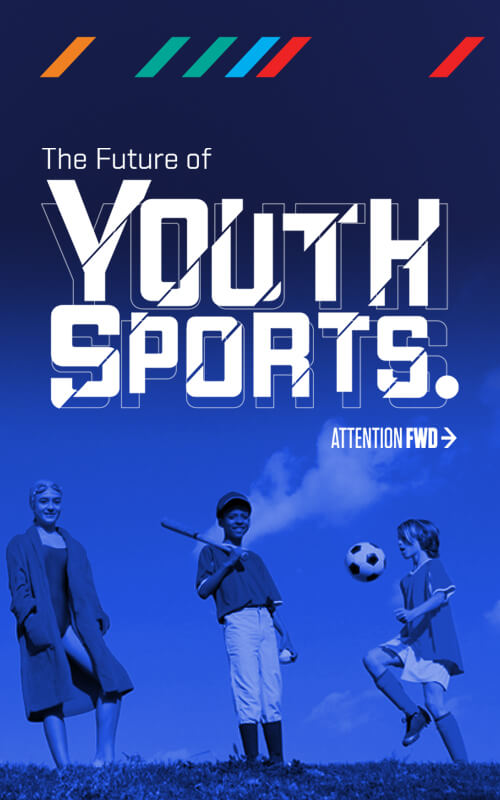Recess Before Lunch
Look for the growing body of research on the benefits of recess to be more widely adopted. A sea change will occur, resulting in at least 20 to 30 minutes of free play per day in the near term, and 60 minutes or more in the long term. More schools will join the trend of having recess before lunch, a move that’s led to healthier eating and a cascade of related benefits in hundreds of schools throughout the country. Increasingly, states will bar teachers from denying recess in cases of misbehavior. And perhaps most urgently, the schools will recognize that months of isolation during COVID-19 has amounted to a profound trauma for many students. The social, emotional and physical benefits of once again playing together must be and will be acknowledged and embraced.
Unstructured Time is the Norm
The all-outdoor education trend has expanded for preschools and kindergartens to the point where unstructured time is the norm and “class time” takes a back seat. Outdoor education that takes place in municipal, state and national parks has also become a larger component of the curriculum at elementary and middle schools as the value of nature as a learning center goes mainstream.
-
![]()
Want a Hard Copy?
Buy a CopyThe complete report on The Future of Youth Sports is available for purchase. Includes 10 topics and our thinking on how to create a better youth sports experience for all.


